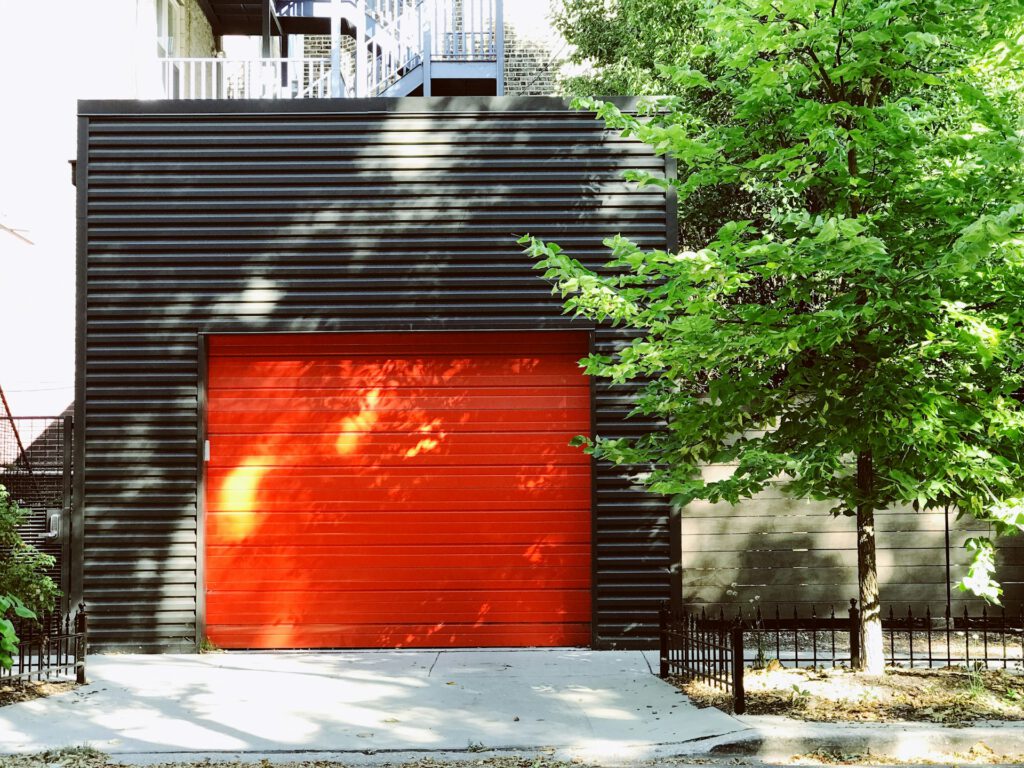For homeowners who rely on their garage doors to provide security, convenience, and access to their homes, maintaining optimal garage door performance is a top priority. As experts in garage door and gate services in Tarrant County, we specialize in offering informative, intent-driven content that addresses the common concerns and needs of our readers. In this comprehensive guide, we will focus on one of the most critical garage door components: the springs. We will discuss broken spring repair, the common symptoms, associated risks, and solutions that ensure safety and long-lasting performance.
Over time, garage door springs can weaken and break due to tension, wear and tear, or inadequate maintenance. Broken garage door springs pose significant risks to both people and property, leading to possible injuries or further damage to the garage door system. As a homeowner, it is essential to recognize the signs of broken springs and understand the associated risks to take appropriate action promptly.
In this detailed guide, we will help you identify the symptoms of broken garage door springs, comprehend the risks of operating a garage door with damaged springs, and learn about the various repair options and preventative measures to ensure a safe and long-lasting garage door performance. Equipped with this knowledge, you can prevent potential hazards, reduce unexpected repair costs, and ensure the continued safe operation of your garage door system.
Recognizing the Symptoms of Broken Garage Door Springs
Detecting the early signs of broken garage door springs can help you take timely action before the damage worsens. Here are some common symptoms that may indicate a broken spring:
- Uneven Door Movement: A garage door with a broken spring may close or open unevenly, causing one side to be higher than the other.
- Sudden Door Stoppage: If your garage door abruptly stops partially open or closed without apparent reason, it may be due to a broken spring.
- Noisy Operation: A sudden increase in noise, such as loud bangs, snapping sounds, or grinding noises, can indicate a broken garage door spring.
- Inability to Lift the Door Manually: If you disengage the garage door opener and find the door too heavy to lift manually, it may be due to a broken spring.
Understanding the Risks of Broken Garage Door Springs
Operating a garage door with broken springs presents several risks, including:
- Damage to Property: A garage door with broken springs can fall abruptly, possibly damaging nearby objects, including vehicles.
- Injury Risk: The sudden release of tension from a broken spring can cause the garage door to fall unexpectedly, posing a hazard to anyone in the vicinity.
- Increased Repair Costs: Continuing to operate a garage door with broken springs can cause additional damage to other components, such as cables, rollers, and the opener, resulting in increased repair costs.
Repair Solutions for Broken Garage Door Springs
If you suspect your garage door has a broken spring, do not attempt to operate the door or perform repairs yourself. Garage door spring repair requires specialized tools, knowledge, and experience to avoid potential injury or further damage. Instead, consider the following options:
- Professional Repair: Engage the services of a qualified and experienced garage door technician to inspect and repair your broken springs safely.
- Spring Replacement: Depending on the extent of damage and the age of your garage door springs, it may be necessary to replace them. A garage door professional can assess the situation and recommend the most suitable solution.
Preventative Measures for Extended Spring Lifespan
To reduce the risk of broken garage door springs and prolong their lifespan, consider adopting these preventative measures:
- Regular Inspections: Periodically inspect your garage door springs for signs of wear, such as rust, gaps, or any visible damage. Schedule professional inspections and maintenance at least once a year to ensure optimal performance.
- Lubrication: Apply a non-silicone-based garage door lubricant to your springs every three months to reduce friction and prevent rust.
- Balancing Test: Perform a balancing test by manually opening and closing the garage door to ensure smooth operation and detect any issues with the spring tension.
- Quality Springs: When installing or replacing springs, opt for high-quality, durable materials that are designed to withstand repeated use and wear.
Conclusion
Broken garage door springs are a common issue that can pose significant risks to both people and property. Learning to recognize the symptoms of broken springs, understanding the associated risks, and being aware of repair options and preventative measures will ensure the safety, reliability, and longevity of your garage door system.
By following the expert advice provided in this guide, you can avoid hazards, reduce repair costs, and maintain the safe operation of your garage door. Should you require assistance with broken spring repair, do not hesitate to reach out to Tarrant County Door and Gate’s experienced team of technicians, who will promptly and professionally address your garage door spring needs.

